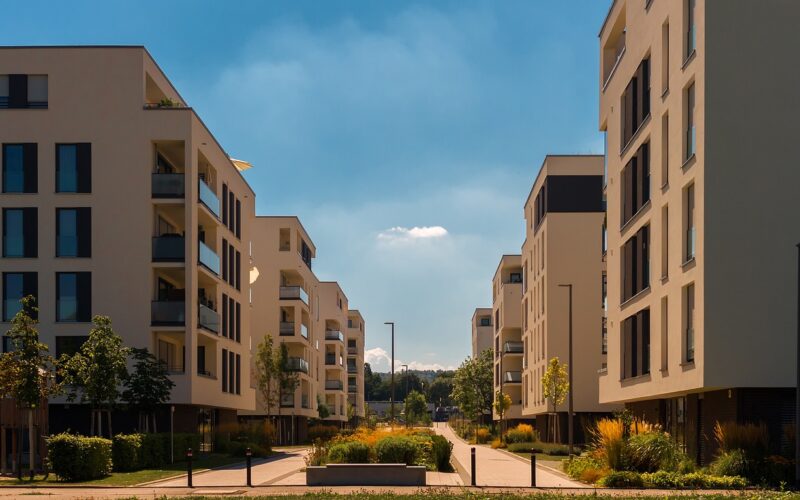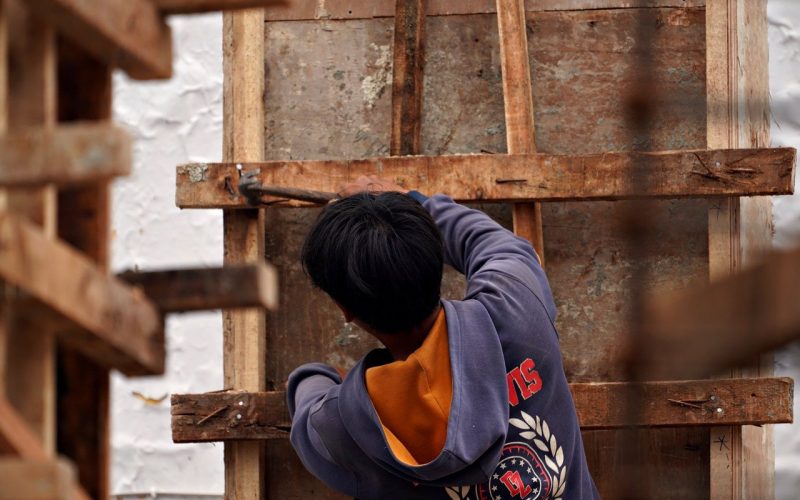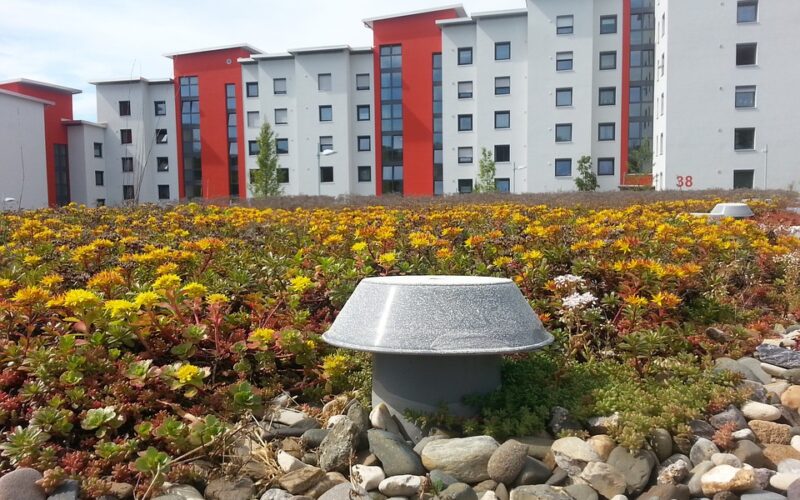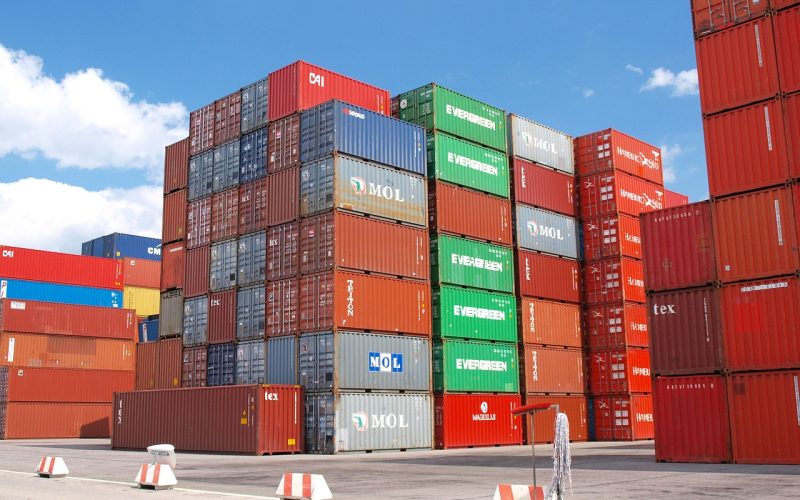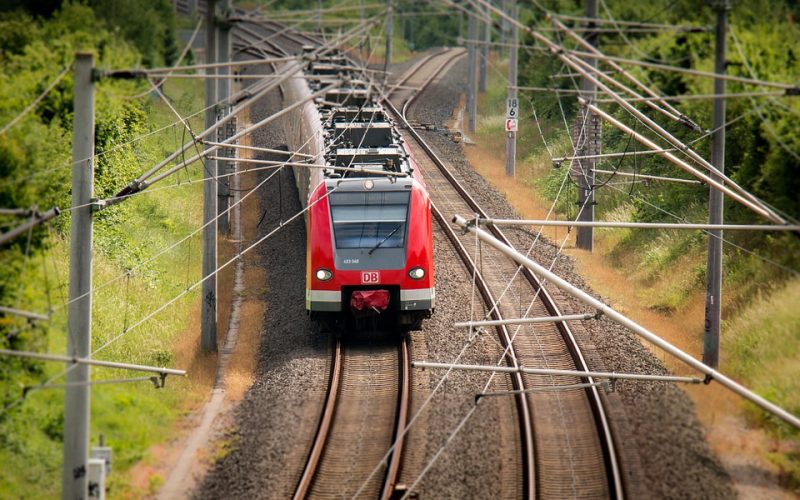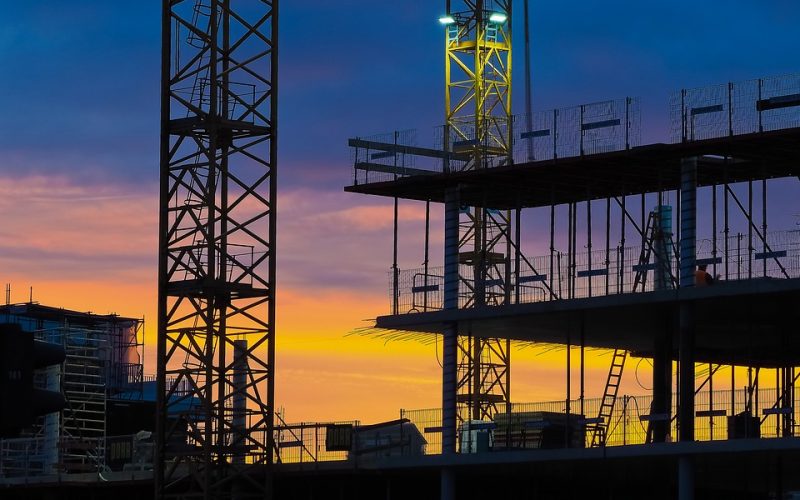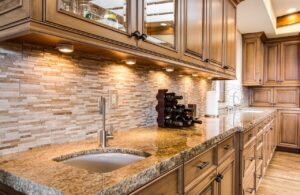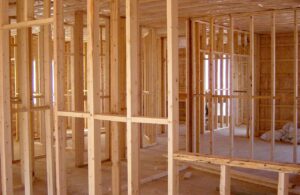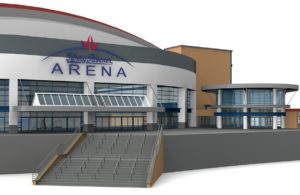Evolution Of Prefabrication
In the exploration of modern construction's evolution toward prefabricated designs, it becomes vividly clear that this innovative approach holds the potential to revolutionise the way we think about building commercial and residential properties.
Prefabrication, a process where buildings or their components are manufactured offsite in a factory setting before being transported and assembled onsite, offers a fusion of efficiency, sustainability, and quality that traditional construction methods struggle to match.
Smaller modular components
The driving force behind the shift towards prefabrication in construction is multifaceted, rooted not only in the desire to streamline the building process but also in the pressing need to address environmental concerns and labour shortages within the industry.
By constructing parts of buildings, from entire rooms to smaller modular components – in a controlled factory environment, there is a notable reduction in waste and an increase in recycling opportunities.
This not only benefits the environment by minimising the construction footprint but also provides a cost-effective solution for developers and ultimately, end-users.
Manufactured to exact specifications
Furthermore, prefabricated construction introduces a level of precision and quality control that is often challenging to achieve on traditional construction sites.
Each component is manufactured to exact specifications, reducing the margin for error and ensuring that every element of the construction puzzle fits together seamlessly.
This meticulous approach to building reduces the likelihood of faults and defects, enhancing the overall integrity and longevity of the structure.
Components made offsite
Another significant advantage of prefabrication is the substantial reduction in construction time. With many components made offsite, onsite assembly can occur concurrently with the final stages of the manufacturing process, slashing project timelines by weeks or even months.
This accelerated schedule not only benefits developers eager to capitalise on their investment but also mitigates the inconvenience to communities and businesses located near construction sites.
Innovation in architecture
The adaptability and versatility of prefabricated designs also open up new avenues for creativity and innovation in architecture. Prefabricated components can be designed to accommodate a wide range of styles and requirements, from sleek and modern commercial buildings to cosy and inviting residential homes.
This flexibility, combined with the ability to repurpose and remodel existing structures with prefabricated elements, allows for a dynamic and responsive approach to design that can evolve with changing needs and trends.
Stand the test of time
Despite its myriad benefits, the adoption of prefabricated construction faces challenges, primarily rooted in perception and tradition. Skepticism about the durability and structural integrity of prefabricated buildings still exists, a vestige of early prefabrication efforts that sometimes compromised on quality.
However, advancements in technology and materials have largely addressed these concerns, demonstrating that prefabricated buildings can stand the test of time and the elements.
Future of construction is modular
The evolution of modern construction towards prefabricated designs signifies a critical shift towards more sustainable, efficient, and innovative building practices.
By harnessing the benefits of offsite manufacturing and onsite assembly, developers and architects can deliver higher quality, more environmentally friendly, and cost-effective solutions for both commercial and residential properties.
The future of construction is modular, and as industry perceptions continue to shift, prefabricated designs are set to play a pivotal role in shaping our built environment.
